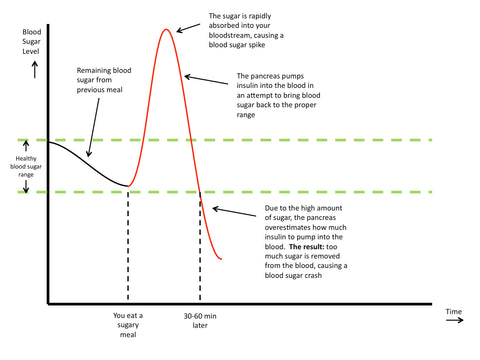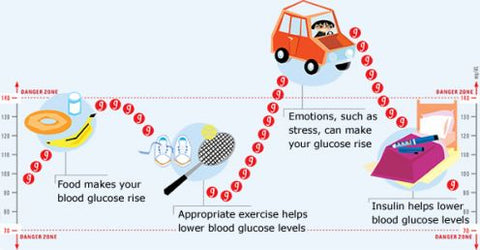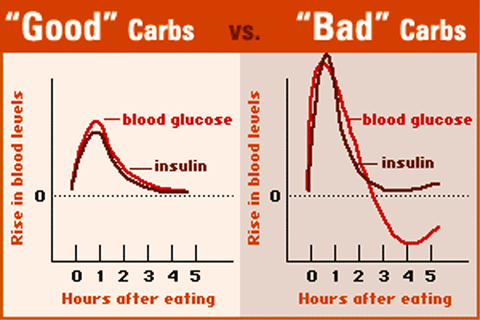Find which high-fibers foods are the best at blocking sugar in your bloodstream
Rob Thompson, MD




You may have heard that whole grain products are high in fiber. However, the starch in grains quickly turns to sugar and overwhelms any blood sugar-blocking effect the fiber might have. Of course, all fruits and vegetables contain sugar; that's what makes them carbohydrates. Nevertheless, most contain proportionately more soluble fiber than sugar, so they don't raise blood sugar as much as grain products and other refined carbohydrates do.
Keeping blood sugar steady is an important tool for preventing insulin spikes, which can lock fat into your cells and prevent it from being used for energy. The substance in our diet that's most responsible for these blood sugar surges is starch. But the good news is you can blunt the blood sugar-raising effects by taking advantage of natural substances in foods—like fiber in fruits and veggies—that slow carbohydrate digestion and entry into the bloodstream.
You can tell which fruits and vegetables have the best balance of fiber to sugar by looking at their glycemic loads (Not sure what that means? All of the carbohydrates that have been associated with increased risk of obesity or diabetes have glycemic loads greater than 100. On the other hand, fruits and vegetables with glycemic loads less than 100 have been associated with reduced risk. Thus, you should avoid fruits or vegetables with glycemic loads higher than 100, even though they contain soluble fiber. Fruits and vegetables whose glycemic loads are between 50 and 100 are themselves acceptable to eat, but they release enough glucose to nullify their usefulness as sugar blockers. The best fruit and vegetable sugar blockers are those with glycemic loads less than 50. Dates are around 42 Glycemic Index.
It takes about 10 grams of fiber to reduce the after-meal blood sugar surge from a serving of starch by approximately 25%. No single, typical serving of fruits or vegetables comes close to providing the 10 grams needed to lower your blood sugar by 25%; you would need to include several portions.
A good way to ensure that you get enough soluble fiber to do the job is to have a salad with your meal—preferably before you eat starch. Salads allow you to combine enough sugar blockers to have a beneficial effect. For example, a salad containing 2 cups of romaine (2 grams of fiber), a cup of chopped tomatoes (2 grams), and a cup of red bell peppers (3 grams) provides 7 grams of fiber. Add that, say, to a cup of broccoli (4.5 grams) with your meal and you have 11.5 grams of fiber.
Soluble fiber blocks sugar best when consumed before, rather than after, you eat starch. For instance, if your meal includes a salad, steak, potatoes, and green beans, eat the salad and at least some of the green beans before eating the potatoes. When you eat something with a lot of fiber that has carbs it works a similar way.
Comments
This is great information!Thank you